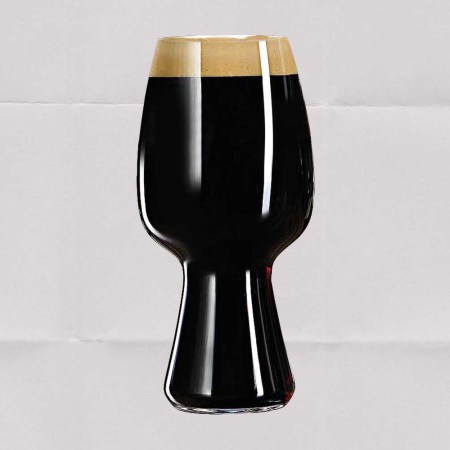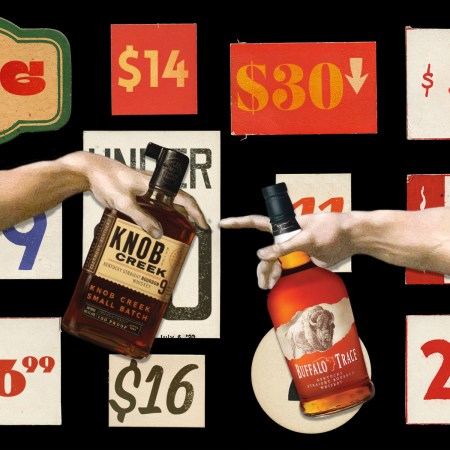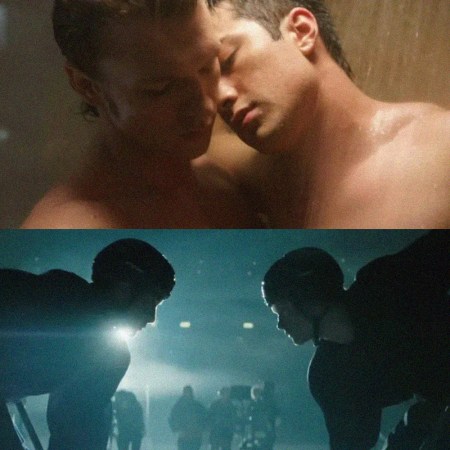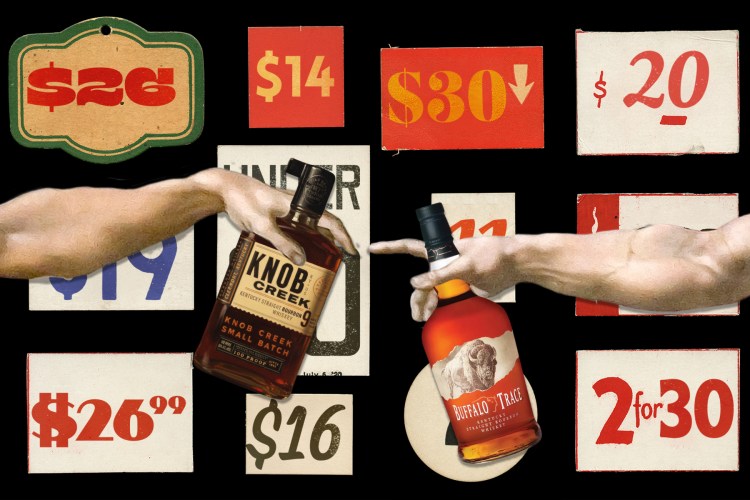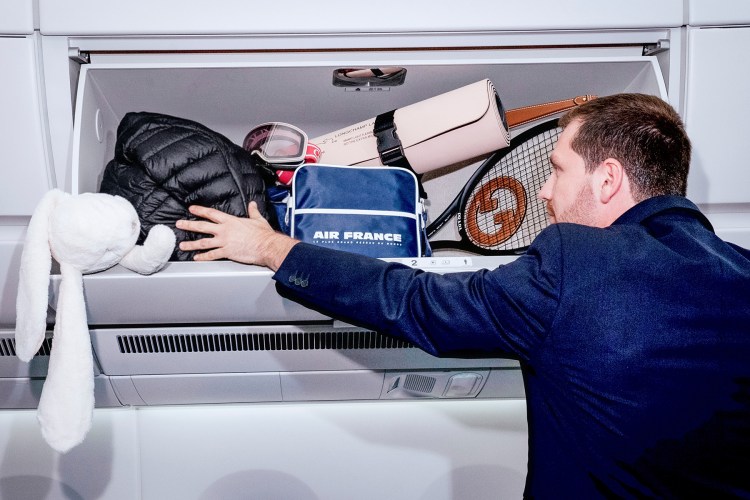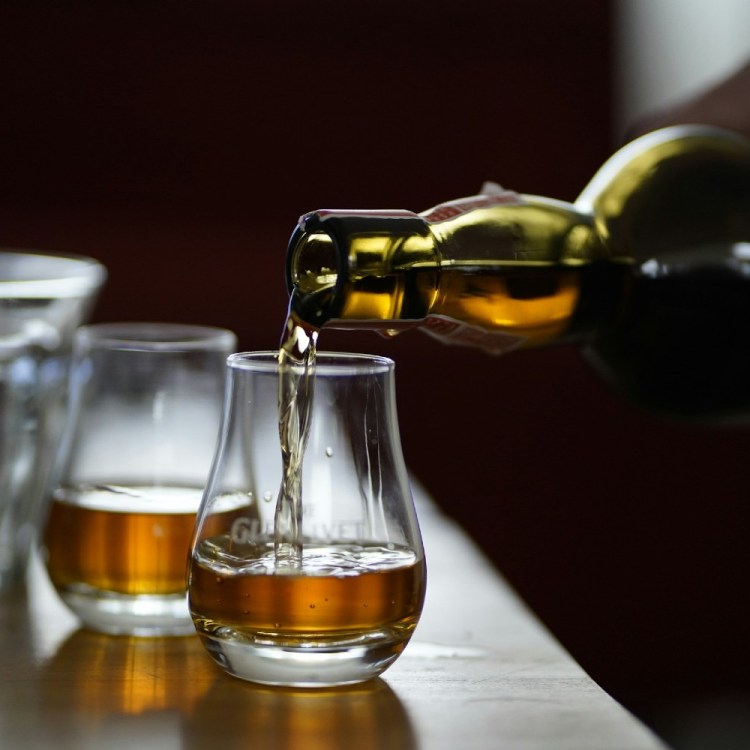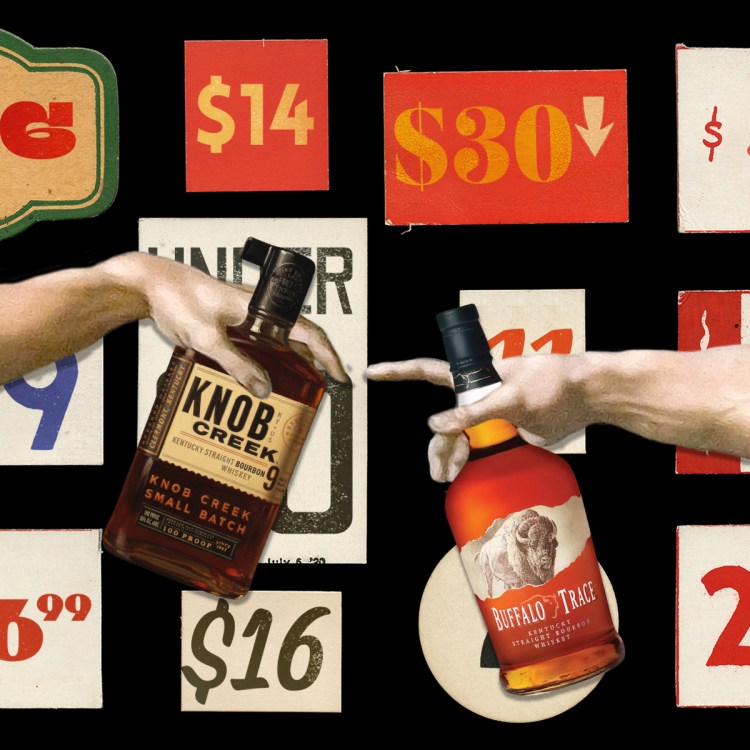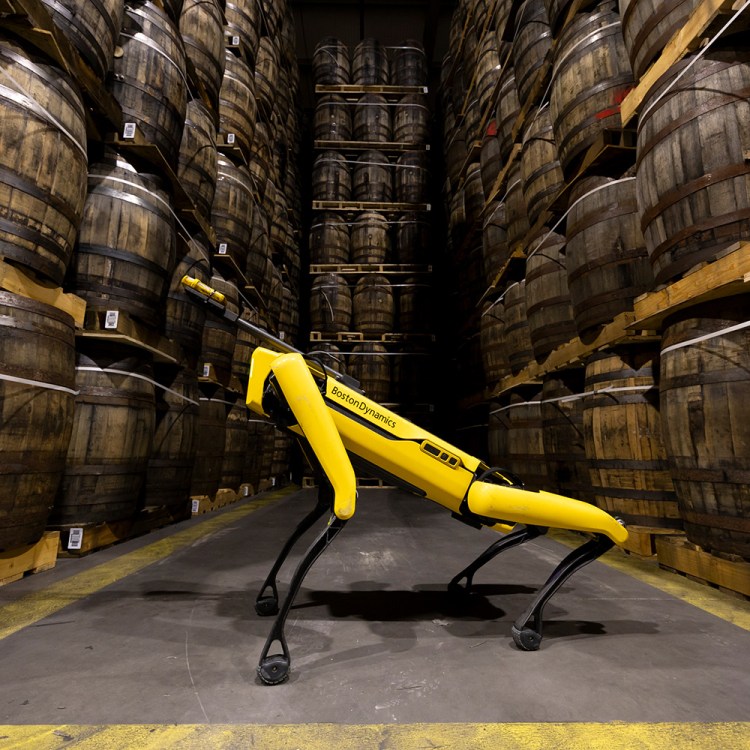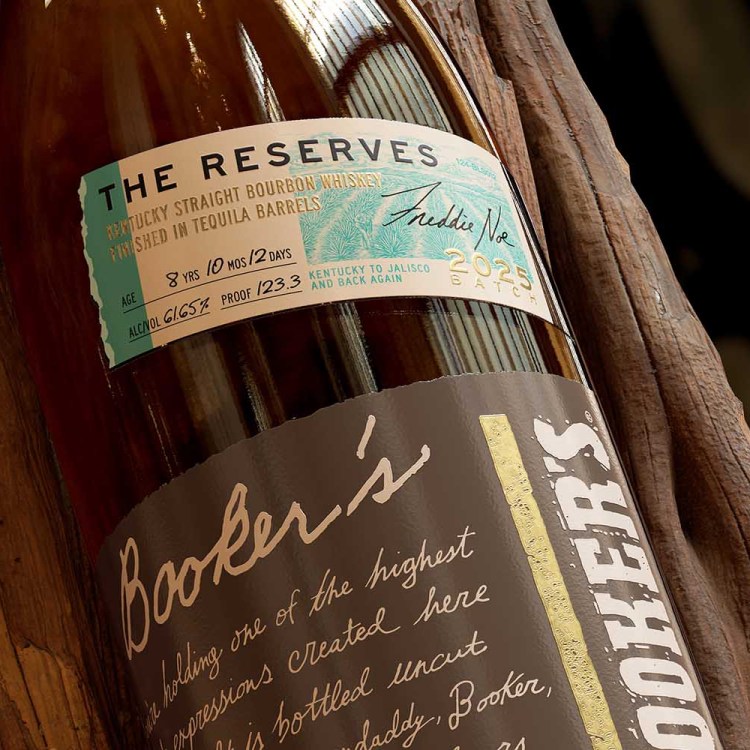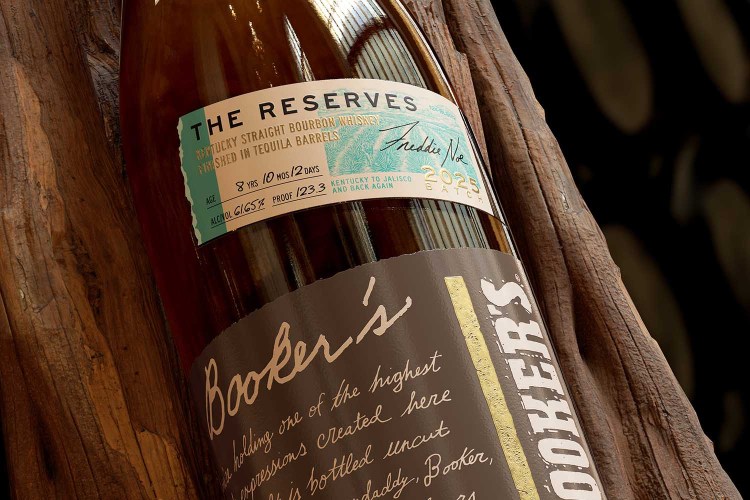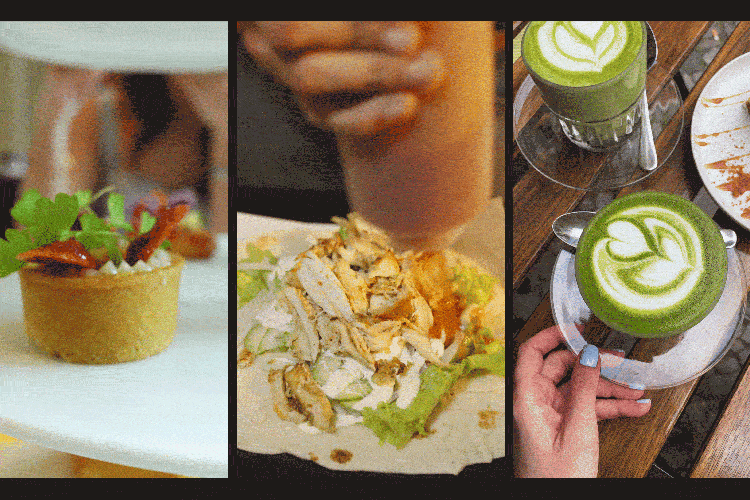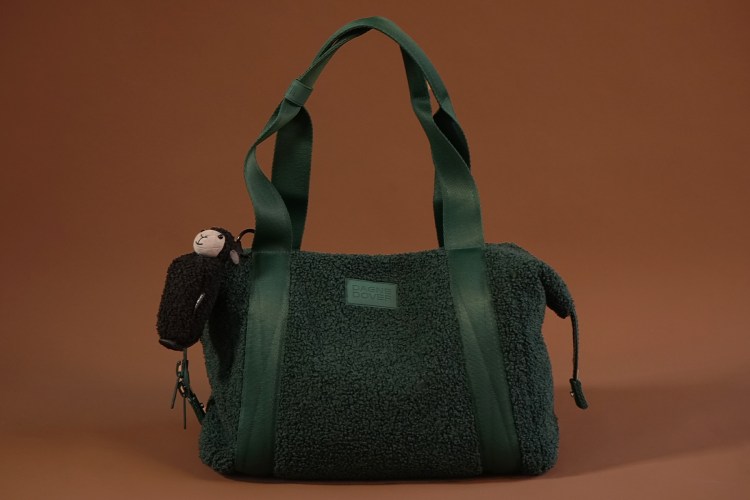This article is part of The Spill Awards 2025, covering the best in spirits, cocktails, bartenders and drinks culture. Find all of the stories here.
The name of the game in craft beer now is specialization. Finding a niche helps breweries stand out in today’s crowded, competitive market, and by building a reputation for certain styles, breweries can apply resources toward what will reliably work rather than throwing ideas at the wall in a time of staggeringly high costs. It’s becoming more common to encounter a lager brewery, an IPA brewery or a mixed-fermentation ale brewery. Partly because breweries doing this are playing to their strengths, partly because they are indeed differentiating themselves this way, it’s easy to identify who’s doing what best.
What about, then, a brewery whose specialization is actually specializing in multiple niches? If they do this exceptionally well, that would make the case that brewery is the best of the best. That’s why Wild East Brewing Co. in Brooklyn, New York is our pick for the best brewery of 2024. In a turbulent industry, they stay the course and bring specialized-brewery-level intention to multiple categories.
If you’re into Czech-style lagers, Wild East is the brewery for you. Belgian-style mixed-fermentation ales? Also Wild East. Classic English-style pub ales? Ditto. IPA and stout fans will be happy with the offerings in their categories, too.
“When people ask me what to order at Wild East, my usual response is, ‘whatever you like,’” says Chris O’Leary, the New York-based author of the Brew York and Beyond newsletter, which focuses both on NYC craft beer and the over 3,000 breweries he’s visited worldwide. “They’ve managed to create great beers across nearly every imaginable style category. I like to say they specialize in everything — if they don’t have a beer you like, you probably just don’t like beer.”
Challenge accepted: Wild East co-founder Lindsay Steen says their foeder-aged, mixed-fermentation ales also speak wine enthusiasts’ language, and those people are often surprised when they try one and realize they actually do like beer. How does a brewery create beer so good, it brings new fans to the table — across multiple styles? Steen credits the concept of “sticking to tradition while also modernizing where we feel appropriate,” shared among herself and fellow co-founders Tyler March and Brett Taylor; plus Taylor’s dedication as head brewer.
“I think he’s one of the most talented brewers in the country,” Steen says. “He’ll never accept anybody calling him a ‘master brewer,’ and he’ll never say he’s done learning.”
A “Post-IPA Brewery” Opens in Brooklyn
Wild East opened in Brooklyn’s Gowanus neighborhood in the spring of 2020, which means they began by selling beer to go to masked customers out of an empty taproom. But it didn’t take long for excitement to build around that beer, and Brooklyn beer lovers were eager to fill Wild East’s spacious digs when it was safe to do so.
Taylor had been an avid homebrewer prior to co-founding Wild East, exploring a passion for saisons and barrel-aged sour beers more subtle than the American kettle sours that had become popular. He wanted to bring those styles into the New York City beer scene, especially considering so much of craft beer at that time was still dominated by hazy IPAs. Opening at the beginning of a pandemic and then surviving it has required plenty of pivots, Taylor says, but he, March and Steen never wavered from making beer-flavored beer the way it should be made, serving it and packaging it the way it should be, and not cutting any corners along the way. They’ve also remained true to that sense of style variety on tap.
“I kind of think of us as a ‘post-IPA brewery,’” Taylor says. “Yeah, we do make a bunch of West Coast IPAs, but you’re going to see more than maybe two on…It’s always been in our business plan to have a wide range of different styles that will appeal to various beer drinkers…We never wanted to be an IPA brewery, and we never really had a strong passion for IPAs; we had a passion for the things we’re still doing here today. Everyone was all in on IPAs, pastry stouts and pastry sours around the time we were planning [the brewery]. We positioned ourselves as being there for when people grow tired of that stuff.”

Wild East’s World Tour of Beer
Wild East is well-positioned, indeed, for the now-growing embrace of Czech-style lagers, a subcategory they were putting extra work into before people starting filling their Instagram grids with beer foam appreciation posts. Wild East was the first contemporary New York City brewery to use a decoction mash system. A traditional element of German and Czech brewing, decoction-mashing involves removing a portion of the mash, boiling it and returning it to the rest of the mash, triggering the Maillard reaction between sugar and amino acids that results in complex flavors and depth. It’s time-consuming and labor-intensive, which is why it’s relatively uncommon in craft beer today, but it’s something Taylor believes in and that pays off in Wild East’s standout lagers. He began with a German lager — and, naturally, Wild East still pours stellar German lagers — before diving into the Czech styles he loved from visits to the Czech Republic.
“Czech-style lager is, to me, less refined than a German style,” Taylor says. “It’s more rustic and speaks more to my sort of Belgian farmhouse kind of ethos. So to me, it made perfect sense [to make] something that everybody else couldn’t necessarily make in the traditional way.”
If you’re going to commit to brewing these lagers with the time-consuming yet time-honored methods, you may as well go all the way and invest in serving them traditionally and exceptionally, too, or at least that’s Wild East’s approach. They installed Lukr taps to highlight the history and culture as well as the flavors, aromas and mouthfeel of these styles. Beers like their flagship Patience & Fortitude Czech-style pilsner, or Mischief & Mayhem, a Czech-style wheat lager, come to life with a creamy crown of aroma-packed foam.
It wasn’t enough to just start pouring from those side-pull faucets, though. There’s an entire art to using these taps well, getting the most from them and nailing the Czech pours. When Steen found out Lukr was launching the “Perfect Pour Academy” at their Pilsen headquarters to train tapsters on everything from the necessity of certain cleaning procedures to the right angles to hold glasses while pouring, she, Taylor and Wild East bartender Robin Fowler signed up to become certified — during a trip to the Czech Republic they made when they became the first United States brewery to pour at the Prague Beer Fest. Later, in the fall of 2024 when Lukr’s Perfect Pour Academy hit the road on their first American tour, the rest of Wild East’s staff became certified, too. Lukr global sales manager Jan Havranek was impressed by the brewery’s commitment from the start.
“When we went on our East Coast tour…Wild East was the first place I went to directly from the airport,” he says. “The staff who was there, they didn’t know who I was. And I was really positively surprised about their quality standards. Even though those people were not the ones who were trained here in Pilsen, Lindsay and Brett and Robin were able to share their know-how and passion with the staff…I was very happy about the beers I got there, they were tasting great, looking great; the mugs were cold and clean, and they were perfectly poured.”

While many beer drinkers are up on their Czech-style lager knowledge and plenty come to Wild East specifically for these styles, Taylor says some customer education is still necessary when a patron might associate a thick layer of foam with getting cheated out of beer. But there couldn’t be a better place to get that education than from Wild East, with a team of Lukr-certified tapsters and beer lovers who are themselves educated and always learning. Steen, Taylor and March are collaborative with their staff, both in idea-sharing and in the endless pursuit of beer knowledge. Employees, then, are keen to open this up to customers, from those perfect foam pours to the brewery’s Belgian-style ales.
Taylor’s approach to those, he says, is “reimagining pre-Industrial Revolution, Belgian-style farmhouse ales, which is a long way of saying mixed fermentation.” Wild East has 95 barrels of foeder (large oak fermentation vessels especially key in these styles) capacity, and at any given moment, all may be full of mixed-fermentation beers. Taylor uses the Solera method of taking portions out and replacing them, creating an infinite blend of aged and younger beer with both varying nuances and consistency.
Taylor’s long-running love of and work with these ales is clear in the pitch-perfect dry, subtly fruity, peppery saison Town & Country, or the Urban Flora, a three-year blend of spontaneous and deliberately fermented sour ales that were aged in white and red wine barrels and bottle-conditioned for 22 months.
Wild East’s repertoire extends to the United Kingdom, too, with favorites like Temperance, a dark mild ale, and Moderance, an English-style pale ale. Perhaps unsurprisingly for a brewery this devoted enough to traditional pours, Wild East installed a cask engine in their taproom. Taylor painstakingly crafts these English-style ales to be enjoyed anywhere, but to shine on a cask pour — and by having the cask in the taproom, the team can make sure it’s cared for and that beer is served properly on it, ensuring a positive experience for patrons.
March says they’re driven by the motivation to make beer that stands on its own in other bars or at home from cans. “For people to still appreciate it once it leaves the brewery — we can’t be standing next to every single person drinking our beer and telling them what we do and why it’s better,” he reasons. If the beer stands out on its own merit, and Wild East can present it with traditional serving methods and some information in the taproom, it’s a win on both fronts.
A Committed, Collaborative Culture for Good Beer and Good Times
Taylor, Steen and March set out to build a business on what they care about, stick to it while still listening and responding to consumers, offer constant learning and growing opportunities for staff, and share education with customers. They would have stayed this course no matter what direction the industry took, but they happened to be in a good position for the evolution of craft beer drinkers, now opening up to new styles and turning to a brewery like Wild East, who already has several years of acclaimed beer-making under its belt.
“When the growth in our industry was double-digit year-over-year for years on end, breweries were opening all the time pretty much based on three styles of beer,” Taylor says. “As new consumers were getting involved, they hadn’t had a hazy IPA that reminded them of an Orange Julius, or a stout that tasted like a candy bar, or a sour so sweet with smoothie qualities to it. That was never going to be sustainable. I think the entire drinking community got palate fatigue.” Now, seeing other breweries explore other categories and move past tunnel vision on hype styles, Taylor says he feels seen. “I feel happy they’re doing that, and I also feel like we’ve been doing this all along…so we have this historical credibility for having been a first mover in an industry where nobody’s a first mover, everybody’s just reimagining historic styles of beer.”
Steen believes this curiosity in different styles was accelerated by the pandemic, as was the thirst for lower-alcohol options.
“Nobody was going to last on double dry-hopped hazy IPAs and pastry stouts forever,” she says. “I feel like we were getting to the beginning of a growing-up phase, and then with the pandemic, people were at home, working from home, had their kids at home…they were day-drinking, but couldn’t get wasted at two o’clock in the afternoon. A lot of people would come in to get crowlers and say, ‘Thank God, you guys have so many options for lower ABV.’”
By the nature of these traditional styles, Wild East’s lineup does skew lower-ABV; their arriving early to this now-necessary category further bolsters their relevance for 2024 and now 2025 and beyond.
“Non-alcoholic beverages have become more popular with growing health-consciousness,” March says. “A brewery like us that’s known for low ABVs, I feel like for a lot of people, that’s a happy medium. You might go from drinking eight, nine, 10 percent beers…and decide, ‘Hey, I’m not going to completely quit drinking…I’m going to drink three, four or five percent beers.’”
Those low ABVs are especially handy (as are the smaller pour options Wild East offers) when you brew such a range of beers — people want to try a decocted, Lukr-poured, Czech-style lager, or a cask-poured English-style dark mild, or a bottle-conditioned farmhouse-style ale, or a bright, bitter West Coast IPA. It’s a something-for-everyone variety that not every brewery can achieve, but one that Wild East grew in 2024 without sacrificing a drop of quality.
“[2024] was the greatest dichotomy of beer styles,” Taylor says. “We released a three-year blend of barrel-fermented ale, some of which was spontaneously fermented…the same year we released a light lager [Brodelo] involving a cereal mash with rice and corn.”
“I feel like it’s been a year where we have some history behind us, and we’re truly able to identify what should be our cores and what we want and what sales trends we have right now,” Steen says. “We’re at a point where we can really refine what we want to see in the market, and how we want to see it in the taproom.”
Every Thursday, our resident experts see to it that you’re up to date on the latest from the world of drinks. Trend reports, bottle reviews, cocktail recipes and more. Sign up for THE SPILL now.



